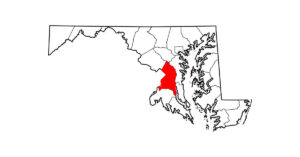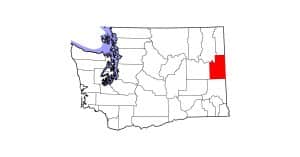DNA Analysis Reveals New Genus of Extinct Horses
- Topics: Article, Horse Industry News
An international team of researchers has discovered a previously unrecognized genus of extinct horses that roamed North America during the last ice age.
The new findings, published Nov. 28 in the journal eLife, are based on an analysis of ancient DNA from fossils of the enigmatic “New World stilt-legged horse” excavated from sites such as Natural Trap Cave in Wyoming, Gypsum Cave in Nevada, and the Klondike goldfields of Canada’s Yukon Territory.
Prior to this study, these thin-limbed, lightly built horses were thought to be related to the Asiatic wild ass or onager, or simply a separate species within the genus Equus, which includes living horses, asses, and zebras. The new results, however, reveal that these horses were not closely related to any living population of horses.
Now named Haringtonhippus francisci, this extinct species of North American horse appears to have diverged from the main trunk of the family tree leading to Equus some 4 to 6 million years ago
Create a free account with TheHorse.com to view this content.
TheHorse.com is home to thousands of free articles about horse health care. In order to access some of our exclusive free content, you must be signed into TheHorse.com.
Start your free account today!
Already have an account?
and continue reading.
Written by:
Edited Press Release
Related Articles
Stay on top of the most recent Horse Health news with












